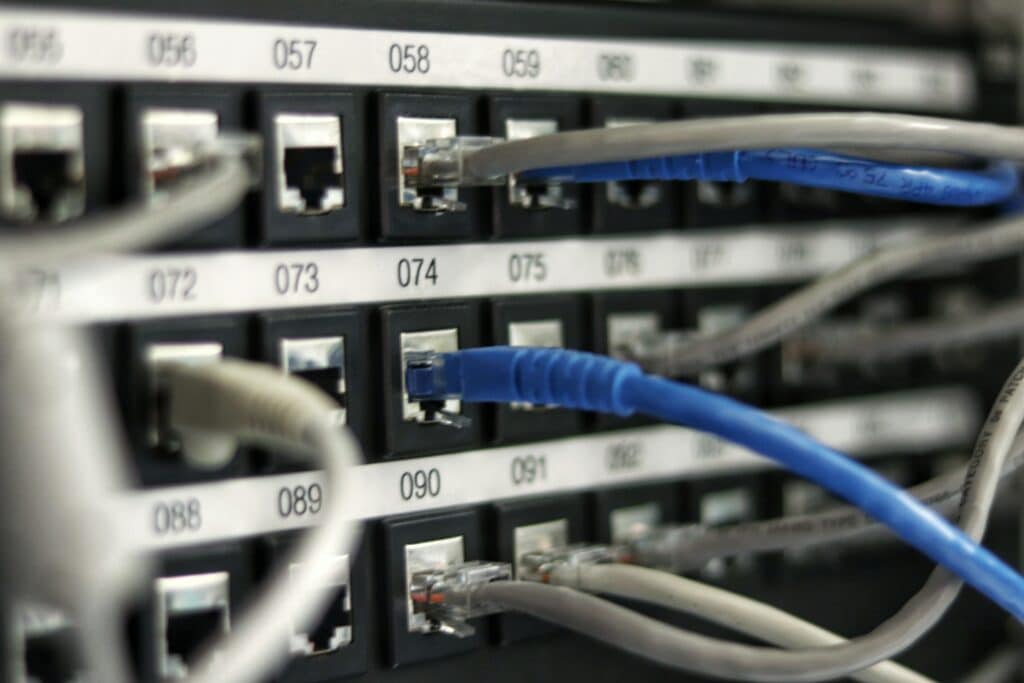In today’s digital age, protecting sensitive cardholder data is critical for every business that handles payment information. Regular vulnerability scans are an essential part of this protection, acting like vigilant sentinels on the lookout for potential breaches. For organizations, achieving PCI DSS compliance isn’t just about meeting a set of standards—it’s about demonstrating a firm commitment to security. It’s about protecting customer information, maintaining trust, and defending the business against cyber threats. In this blog, we’ll explore the pivotal role vulnerability scans play in PCI DSS compliance and why they’re key to a strong cybersecurity strategy.
Vulnerability Scans: The Backbone of Security
Vulnerability scans are automated tools designed to identify potential weaknesses in networks, systems, and applications that attackers could exploit. For businesses handling cardholder data, these scans are a critical PCI DSS requirement that must be performed at least quarterly. But their importance goes far beyond compliance—regular scans are a proactive defense mechanism, identifying security gaps before they can be exploited.
Why Regular Scans Are Essential
1. Adapting to an Evolving Threat Landscape
Cyber threats are constantly evolving, and new vulnerabilities emerge every day. Conducting regular vulnerability scans ensures that businesses stay ahead of these threats, identifying risks and addressing them before they can lead to breaches. Without regular scanning, organizations risk falling behind in their security efforts, leaving themselves exposed to evolving cyber threats.
2. Assuring Compliance and Security
Staying compliant with PCI DSS is non-negotiable for businesses handling cardholder data, and regular vulnerability scans are a crucial component of that compliance. These scans demonstrate an organization’s ongoing commitment to security, not just ticking a compliance box. Neglecting to perform these scans can lead to non-compliance, hefty fines, and, more importantly, increased exposure to potential breaches.
3. Preserving Trust and Reputation
Consumers expect the businesses they engage with to protect their sensitive data. Regular vulnerability scans help businesses do just that, reinforcing customer trust. In the event of a breach, the damage to a company’s reputation can be devastating and long-lasting. Regular scans are a preventative measure that helps safeguard your organization’s reputation while protecting customers’ sensitive information.
Best Practices for Effective Vulnerability Scanning
To maximize the impact of vulnerability scans and ensure PCI DSS compliance, businesses must follow these best practices:
1. Comprehensive Coverage
Make sure that every system, network, and application involved in the processing, storage, or transmission of cardholder data is included in the scan’s scope. Overlooking any part of the environment can leave vulnerabilities undetected, creating an entry point for attackers.
2. Prompt Remediation
Finding vulnerabilities is only the first step. PCI DSS requires that businesses address critical vulnerabilities within 30 days of discovery. Prompt remediation is crucial in preventing exploitation of the identified weaknesses. Delaying action can leave the business exposed, even after vulnerabilities have been identified.
3. Documentation and Analysis
Detailed records of scan results, remediation efforts, and timelines are essential for both compliance and security. This documentation not only helps during audits but also provides insights into how your security posture is evolving. Regular analysis of scan results can reveal patterns and help improve the effectiveness of your cybersecurity efforts.
4. Leverage Expert Guidance
Consider working with a Qualified Security Assessor (QSA) or an Approved Scanning Vendor (ASV) to ensure that vulnerability scans are conducted accurately and efficiently. Experts can provide valuable guidance on complex vulnerabilities and remediation strategies, helping your organization maintain compliance and security.
Beyond the Basics: Cultivating a Culture of Continuous Monitoring
While PCI DSS mandates quarterly scans as the minimum requirement, businesses should aim to go beyond this standard. Cyber threats are dynamic, and waiting three months between scans can leave critical vulnerabilities exposed. By integrating vulnerability scanning into routine security practices, organizations can build a culture of continuous monitoring. This approach not only keeps the business compliant but also strengthens the overall security posture, providing an additional layer of defense against emerging threats.
Conclusion
In the world of PCI DSS compliance, regular vulnerability scans are much more than just a procedural task—they are a cornerstone of any robust security strategy. These scans act as a business’s eyes, continually identifying weaknesses and helping to fortify defenses before cybercriminals can exploit them.
By embracing regular vulnerability scanning, businesses not only achieve compliance but also build a more secure foundation for their operations. In the fight against cyber threats, vulnerability scans are an indispensable tool that safeguards data integrity, preserves customer trust, and protects the long-term success of the business.
In the digital battlefield of cybersecurity, vulnerability scans are one of your most valuable allies, standing guard against the ever-present risk of attack.




